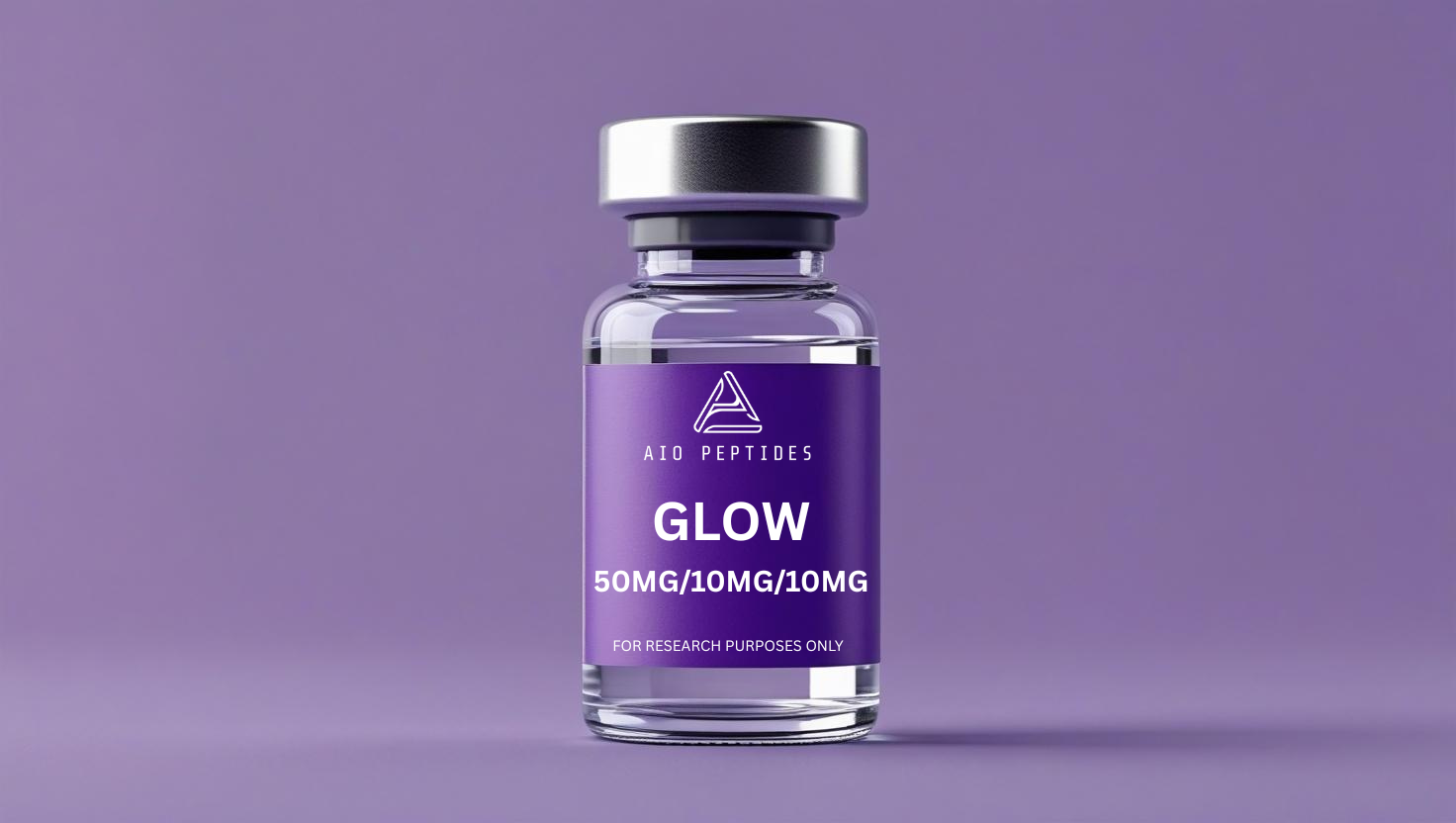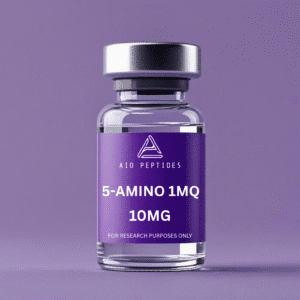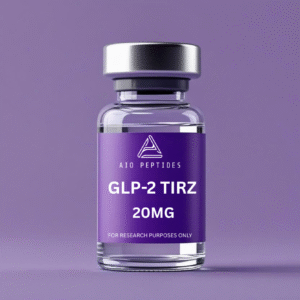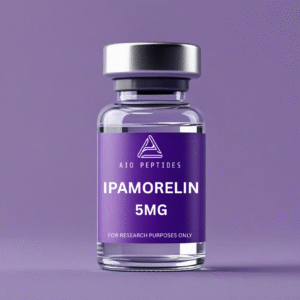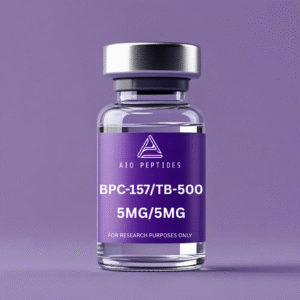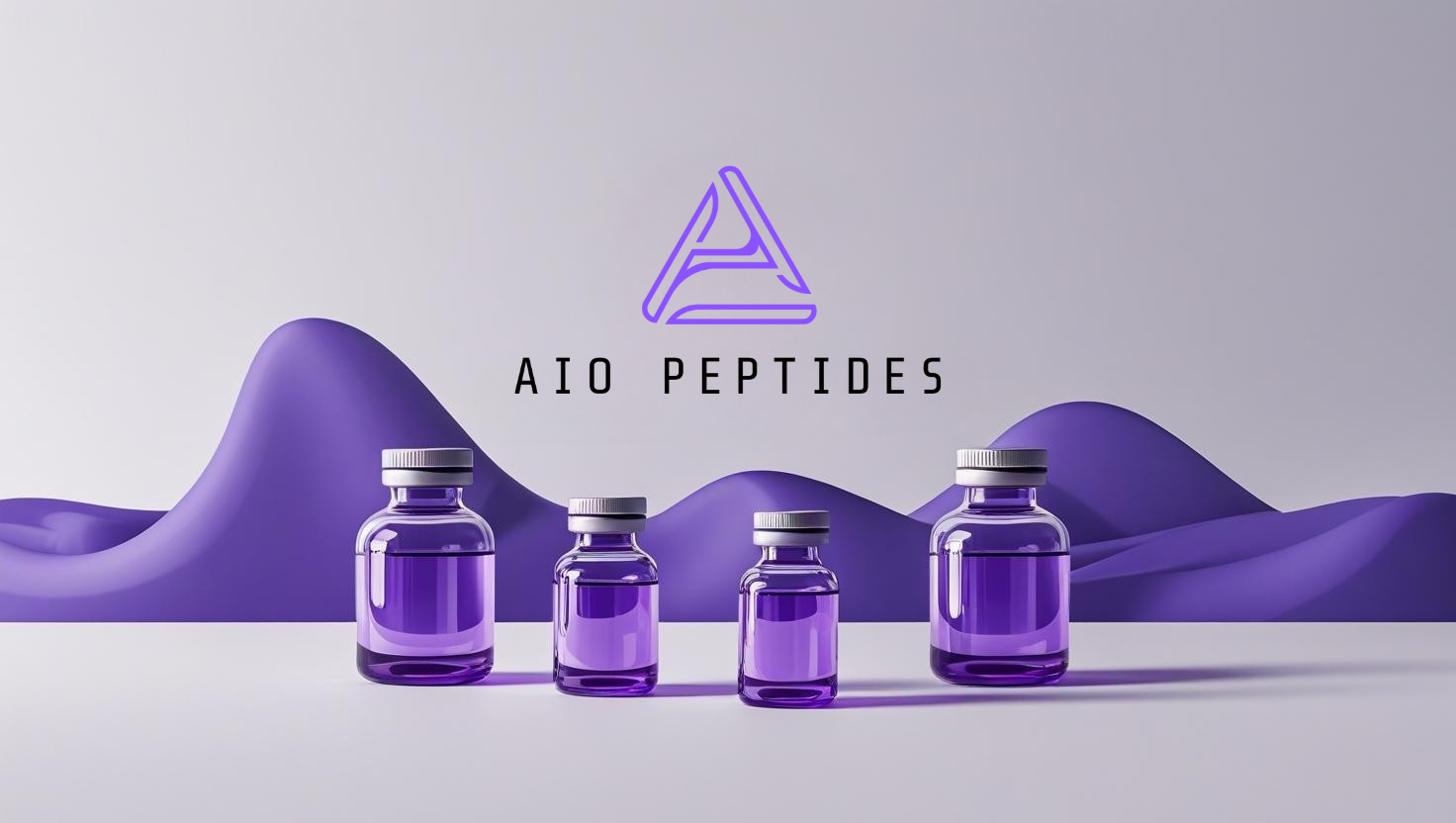Key Research Areas:
- Skin Regeneration and Anti-Aging
Research focuses on GHK-Cu’s ability to stimulate collagen and elastin production, enhance wound healing, reduce wrinkles, and protect skin from oxidative damage. - Tissue Repair and Healing
BPC-157 and TB-500 are extensively studied for their roles in accelerating the repair of muscles, tendons, ligaments, and connective tissues following injury or stress. - Anti-Inflammatory Effects
All three peptides exhibit anti-inflammatory properties that help reduce swelling, pain, and promote faster recovery in damaged tissues. - Angiogenesis and Blood Vessel Growth
BPC-157 is particularly noted for promoting angiogenesis, which supports enhanced blood flow and nutrient delivery to injured areas, aiding regeneration. - Cell Migration and Tissue Remodeling
TB-500 research highlights its role in improving cell movement to injury sites, facilitating effective tissue remodeling and recovery. - Gastrointestinal and Systemic Healing
BPC-157 shows promise in protecting and healing the gut lining, reducing ulcers, and supporting systemic tissue repair beyond musculoskeletal benefits.
- Product Care and Storage – All products are shipped using the Lyophilization process, which ensures that products remain stable for shipping for up to 3-4 months. Products must be reconstituted to a liquid, by mixing with bacteriostatic water for research and testing.
- Lyophilized or powder form – Store in cool, dry place away from light; can be stored at room temperature. Remains stable for several weeks or more.
For long term storage (months to years) freezing is optimal to preserve stability and maintain integrity. - Reconstituted form – Refrigerate under 39F; peptides will remain stable for up to 30 days.
- Usage – We are unable to provide any dosing instructions, however all products should be considered pharmaceutical grade.
- Disclaimer – This product is for research use only and is not intended for human consumption, diagnostic use, or clinical treatment. Proper laboratory safety protocols should always be followed when handling peptides.

